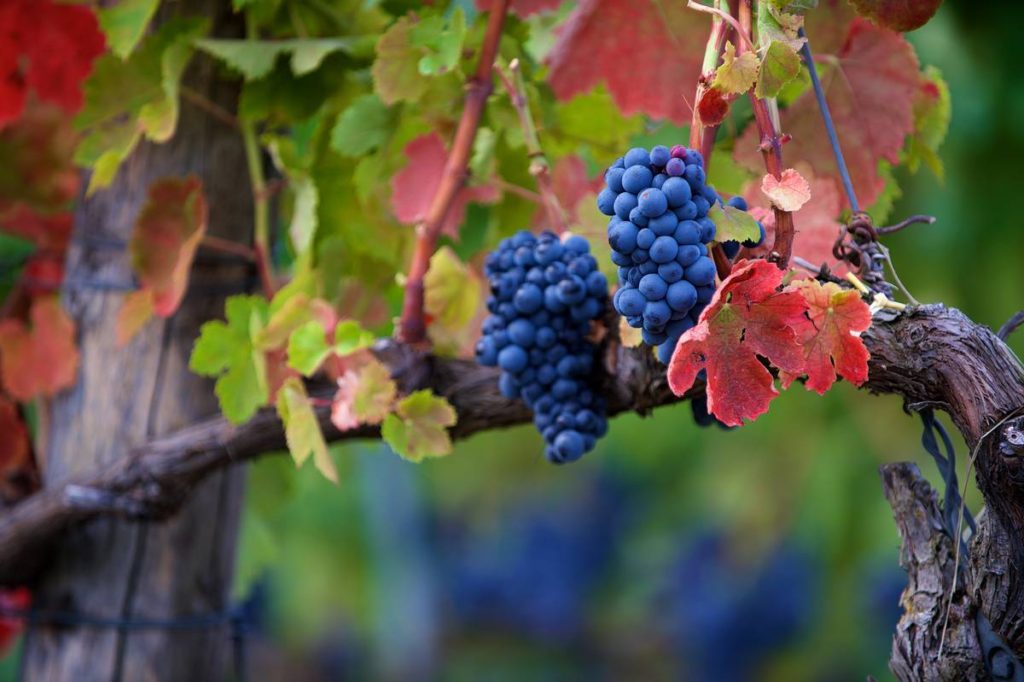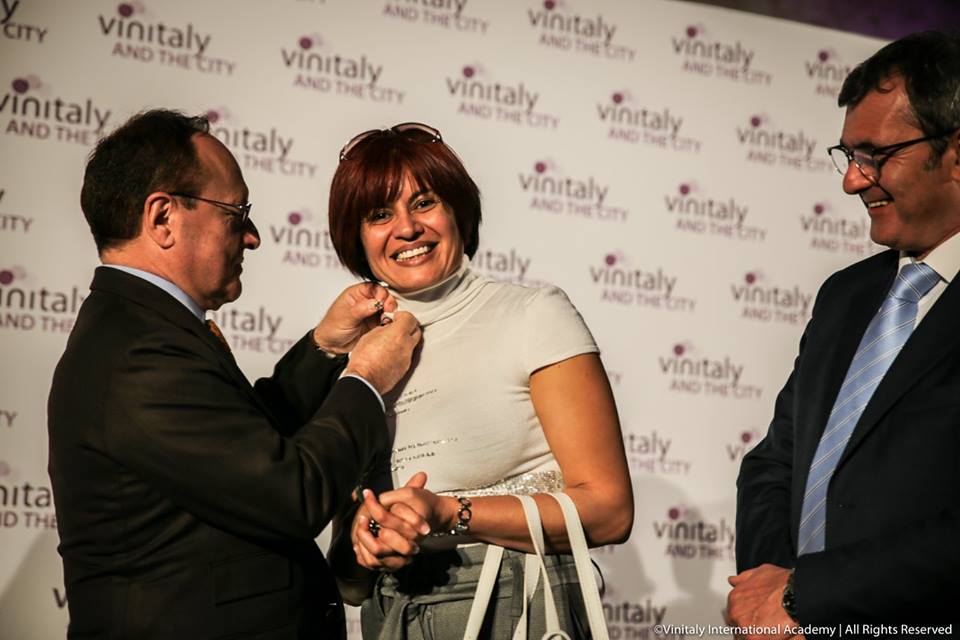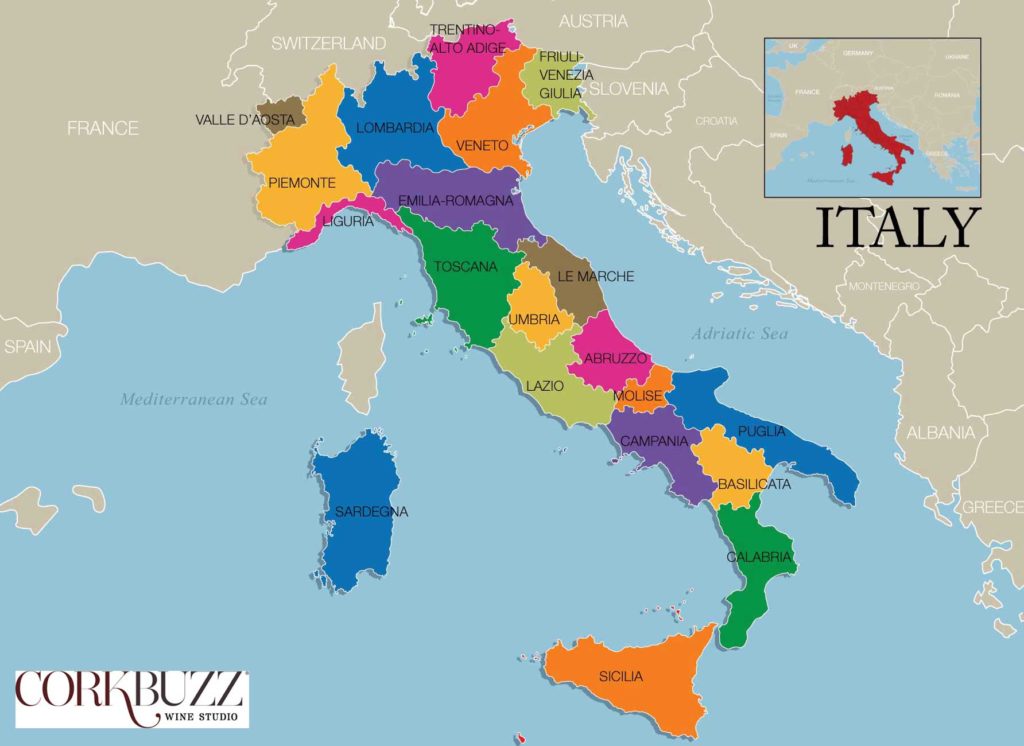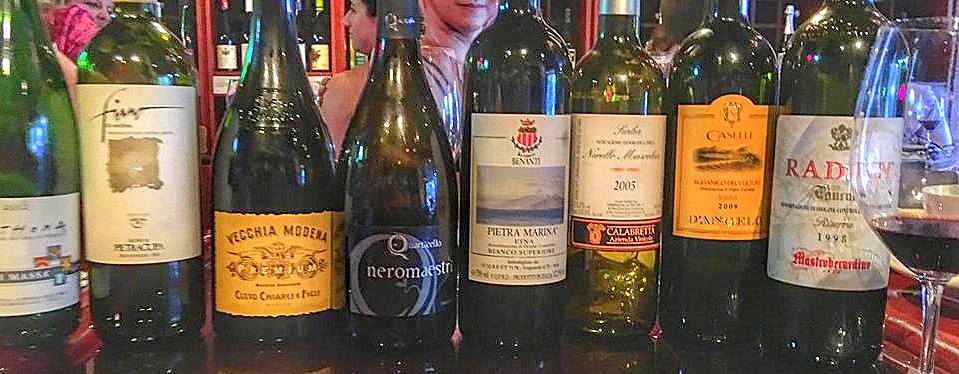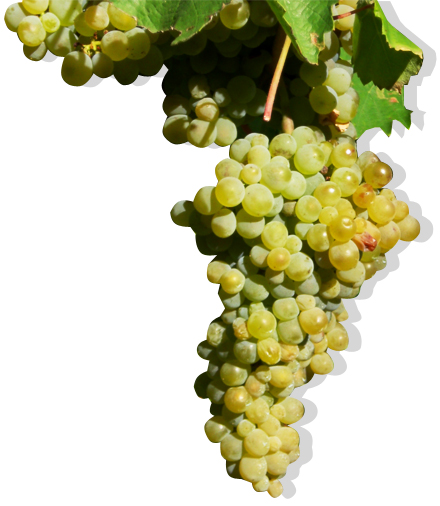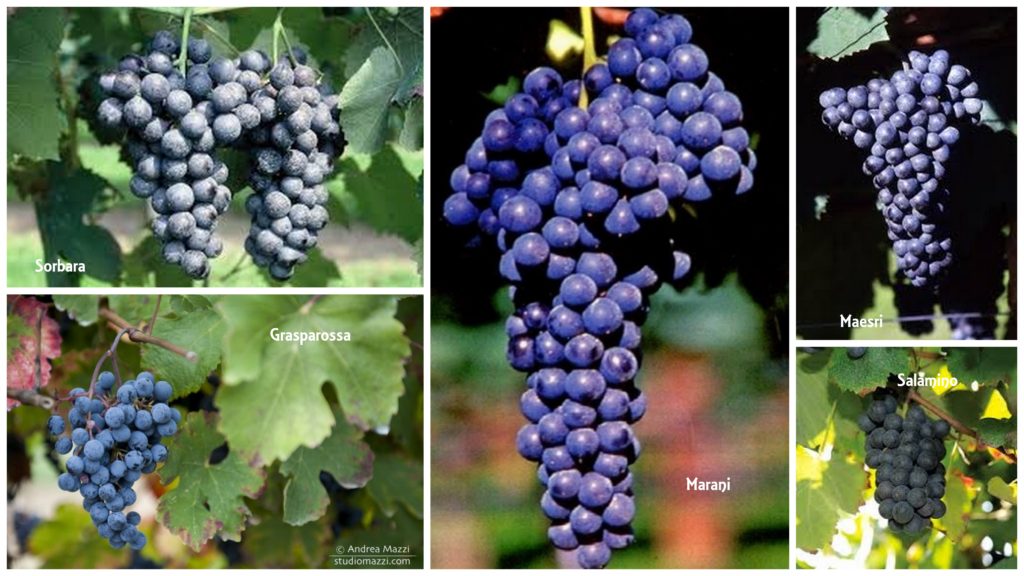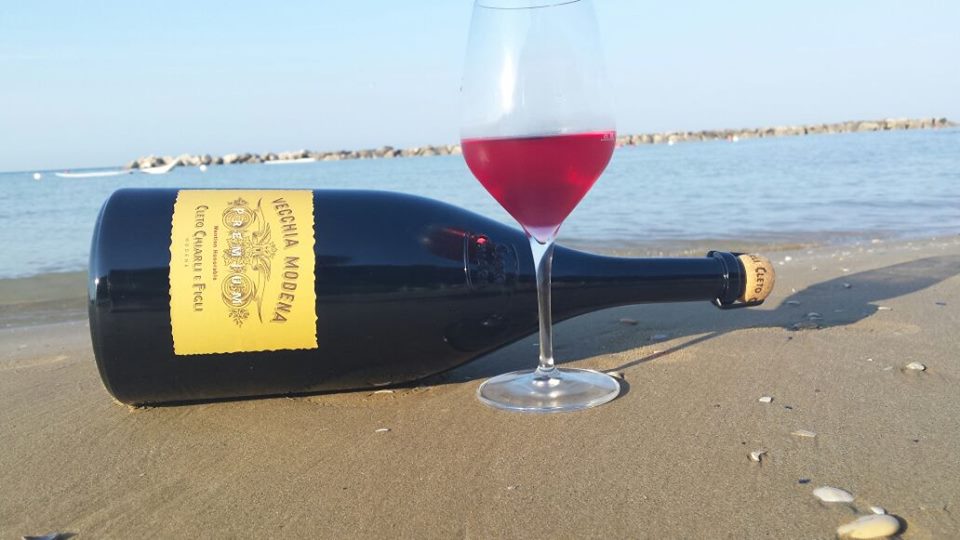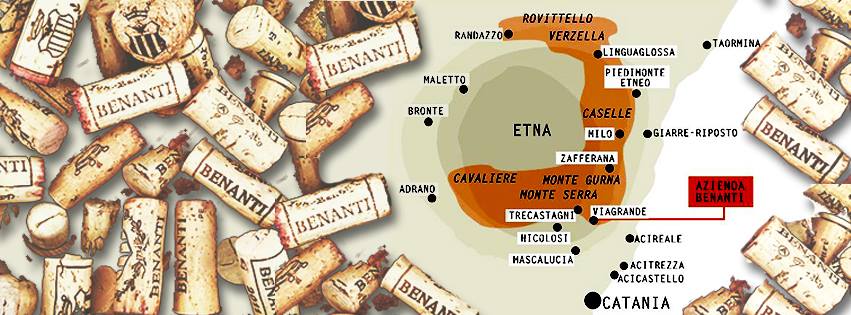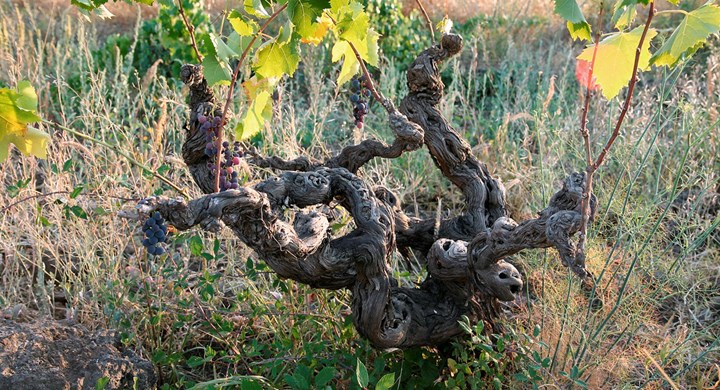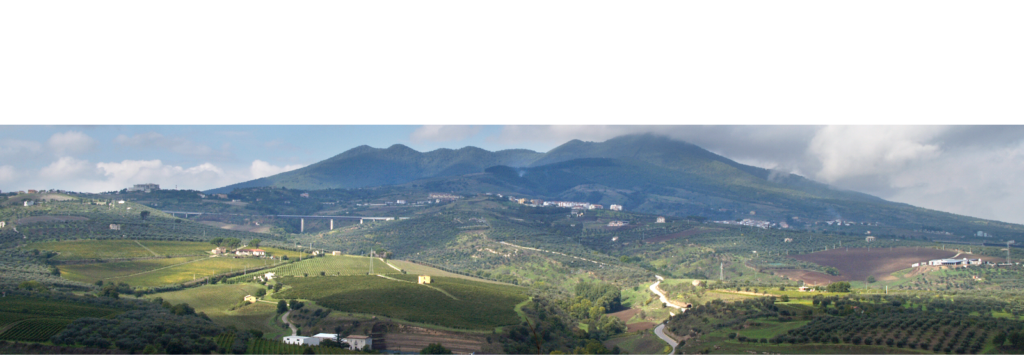In case you haven’t heard through the grapevine, recently I had the privilege of traveling to Verona as the guest of Vinitaly International and Italian trade Commission to explore Italy’s Native Grapes and attend Vin Italy (annual International wine and spirits exhibition held at the expansive Verona Fiere). Not only did I return with a newfound admiration and respect for Italian Wines, my bookworm efforts paid off and I was awarded, rather earned the coveted title: Italian Wine Ambassador.
Meanwhile inn our little corner of the universe, we call Orlando, few enterprising and passionate wine stalwarts initiated a modest group to spread the gospel for all things pertaining to this cerebral magic in our glass, we endearingly call grape juice. Needless to say, I for one was eager to share my fascination for all things Italian, especially wine.
The goal to demonstrate to my fellow wine professionals, the dazzling melange of native Italian grapes that are down right delicious, food-friendly wines, each possessing a striking personality, expressing the unique terroir of their ancient land at the most under-valued price.
Wrap your heads around this – Italy’s National Registry of Grapes boasts 461 official grape varieties, 377 pf which are genetically different Native grapes. According to ISTAT in 2010, 625,000 hectares under vine in Italy. Simply put Italian grape varietals can be divided into 3 categories:
Native – Autochthonous or Indigenous (Auto = own and Kthonus = earth) – Born in a specific place and remained their exclusively for example Timarosso in Piedmont, Refoscos in Fruili, Coda di Volpe in Campania and more, many more. To Italians these grapes represent Italy just as much as famous monuments and recipes.
Traditional – Embedded into culture with presence of 300 to 500 years such as Cabernet Franc, Merlot, Pinot Bianco, and more.
International – Allochthonous or Foreign – grapes planted within 100 yrs like Chardonnay and Cabernet Sauvignon.
The top 20 Italian cultivars comprise of 16 natives and 4 international (Merlot, chardonnay, Pinot Grigio, Cabernet Sauvignon) with Sangiovese in the lead.
Eager to share my latest discoveries of the lesser known children of Italian vines, I scoured the internet for domestic distributors representing these indigenous gems – Astor Wines, Flatiron Wines & Spirits, San Francisco Wine trading Company. Line up meticulously chosen to reflect the character and power of the ancient land the Greeks call Oenotria – land of wines.
Derthona Timorasso, Vigneti Massa 2012
Unfamiliar yet intellectually stimulating white indigenous grapes living in shadows of the king of Italian grapes Nebbiolo in the noble land of Piedmont include: Perfumed Arneis, lemony Gavi made with Cortese grape, Favorita (biotype of Liguria’s Vermentino), dainty Erbaluce, and the intensely minerally Timorasso, and more.
Once a worthy contender to Cortese, today Timorasso is limited to Colli Tortonesi area’s northern mountainous region. It only seemed fair to share a wine by the producer who single-handedly saved Timorasso from disappearance – Walter Massa. Walter farms 22 hectares in eight distinct vineyard areas. Total production at Massa is about 13,000 cases, of which 5,000 is Timorasso.
Nutty, citrus, stone fruit, tickled with acid, we look forward to tasting this sensational wine in five years or so . With age, timorasso loses some of its baby fat, and dry Riesling like petrol-like notes (presence of volatile phenols & TDN molecule ) emerge. Heard “Timorasso is like Ali: “Float like a butterfly (baroque fruit and honeyed minerality) and sting like a bee (lots of well-integrated acidity)”.
Fiano di Avellino, Pietracupa 2013
Campania’s revered producer Antonio Masterbeardino brought Fiano back from extinction with his first vintage in 1945 consisting of merely 30 bottles. Campania’s three quality volcanic sub-zones expresses distinct interpretations of the beloved Fiano: Lapio, Montefalcone (clay); Cesanali, Stefano (sandy, lighter); Montevergine, Santa Angelo, Summonte, Capriglia, 400 m above sea level (smoky wines).
Rich in glycosilated aromatic precursors, Fiano is adored by viticulturist and wine makers alike as harvest time, skin contact, air drying all effects character of Fiano. What one can expect from this multi-talented grape? Light to full body, steely mineral to decadent and sweet wine showcasing hazelnut, green apple, pear, honey to late harvest/air-dried citrus, dried apricots, coconut sweetness.
Resurrected in 1999, by the talented vigneron Sabino Loffredo, Pietracupa Winery has gained a reputation within Italy and beyond for some of the best Greco and Fiano wines.

I can’t think of a better example than the misrepresented versions of fizzy sweet kool-aid in American markets to show case how wine and bread are as essential to an Italian dinner as a fork and knife.
Wine Scoop: Lambruscos are a family of eight closely-related yet different varieties – Lambruscos: Sorbara, Grasparossa, Maestri, Marani, Salamino, Viadanese, Barghi and more. Lambrusco Sorbara expresses floral notes and light body while in contrast Lambrusco Maestri showcases intense purple hue, creamiest body with black cherry and chocolate notes. Lambrusco Salamino di Santa Croce bunches literally resemble small salumis, and it certainly goes hand in hand with fatty foods such as charcuterie and a slice of fresh Ciabatta.
Wine Scoop: Emilia Romagna, the home of Parmigiano cheese, prosciutto, and traditional aged balsamic vinegar, is for all purposes two distinct entities. East portion Emilia with whites of Pignoletta and Malvasia Candida Aromatica and red Lambruscos as key players and West portion of Romagna boasting Albana and Sangiovese.
2014 Cleto Chiarli E Figli – Lambrusco di Sorbara Secco “Vecchia Modena
A native grape of Emilia, Lambrusco Sorbara is the most abundantly produced, fragrant, and lightest of all Lambrusco varieties. Oldest of all Lambruscos, it expresses itself best under sandy soils. Cleto Chiarli E Figli’s Vecchia Modena’s with it’s deep rose color, delicate wild strawberry notes, tangy, lightly effervescent at 11% alcohol marries best with a crisp Pizza Margarita in hand.
2012 Roberto Maestri Quarticello – Lambrusco Emilia Secco “Neromaestri”
Eponymous to it’s birth place town Lambrusco di Grasparossa Castelvetro is considered by many as the highest quality Lambrusco grows in hillsides and does best on clay soils.
Azienda agricolo Quarticello’s Neromeastri a blend of Lambrusco Grasparossa and Maestri is lip smacking, earthy, and refreshing full body dry red sparkling red that screams for a bowl of comforting pasta with rich meat sauce.
Lambruscos are a super value made to enjoy the simple pleasures of bubbles and in particular fatty foods such as salumi, rich stews, and cheeses. In return, all it implores of you is an open mind. Do yourself a favor, do Orlando a favor wino friends, ask for Lambrusco Secco (dry) by name at your local whetting spot or restaurant.
Benanti, Etna Bianco Superiore “Pietramarina”, 2010
Sicily sporting a plethora of fine native grapes such as the reds of Nero d’ Avola, Nerello Mascalese, white grapes of Carricante, Grillo, sweet nectar from Malvasia Lipari and Moscato Alessandria (Zibbibo) have earned Sicily the title of the hottest and upcoming wine region of Italy, specifically from the ancient region of Etna volcano. Micro-terroirs at elevations ranging from 1,000 to 3,200 feet, proximity to ocean, and volcanic soils produce wines of outstanding mineral-driven character.
Carricante a breath of mountain air, is a thick skinned grape with distinct white slashes, low in potassium and Ph (2.9/3.0), expresses itself best under maliolactic fermentation.
Benanti, the founding father’s of Etna wine produces a 100% Carricante – Pietramarina, grown as alberello (free standing bush). Almost dry riesling alike, with age exhibits flinty, diesel fuel, aniseed, orange, and stone fruit notes. Aged sur lie for 24 month’s Benanti’s Etna Bianco Superiore Pietramarina is easily one of Italy’s best whites, worthy of five to 10 years of aging.
Nerello Mascalese Vigne Vecchie IGT, Calabretta 2005
Locally called Niureddu, Nerello Mascalese interestingly enough is an extended member of the most famous cultivar of Italy – Sangiovese (natural crossing of Sangiovese & Mantonico Bianco). Like Sangiovese, Nerello Mascalese is low in acylated anthoncyanins (color), rich in cyanin and peonin, rendering light colored wines.
Dedicated to his grand-mother from the vineyards of Passopisciaro (di Castiglione di Sicilia), 2005 Calbretta is a blend of Nerello Mascalese and Nerello Capuccio (stable counterpart) from old un-grafted vines growing 1000m above sea level. Masimillano Calabretta a stalwart of traditional wine-making, ages his wines in Slavonian botti for 36-42 months. Exuding notes of sour cherry, tobacco, and herbs, one just might consider Nerello Mascaleses a wallet-friendly Sicilian alternate for turkey day.
Campania one Italian state that rejected planting of International grapes, rich in biodiversity, blessed with 56 native varieties exclusive to Campania, endowed with volcanic soils Vesuvio and Campi Flegrie, pre-phylloxera old vines perhaps contributes to the greatness of Campania and it’s world-class wines.
Italy’s three revered grapes undoubtedly are Nebbiolo, Sangiovese, and Aglianico. The three most prominent wines made from Aglianico also happen to the names of Aglianico’s biotypes: Taurasi (cylindrical bunch, smaller berries, Millerandage, less vigorous), Taburno (called Amaro cause of High Acid, less fertile, largest bunch), and del Vulture (most intense fruit & aromas).
The sine qua non of all Aglianico wines is extremely high acidity (high natural concentrations of tartaric acid) aging magnificently promising a long-cellar life. Might I add, at the most ridiculous price relative to quality, even the older vintages. Aglianico’s floral perfume, high tannins and acidity, age-worthiness, draws parallel to Nebbiolo as the “Barolo of the south.”
Aglianico del Vulture “Vigna Caselle” Riserva, D’Angelo 2009
Between the heel of Italy (Puglia) and toe (Calabria) lies the superstar Aglianico del Vulture in Basilicata. One of the leading producers in Basicilata D’Angelo’s Caselle Riserva 2009 was outstandingly pretty with lively, spicy tannins, firm acidity, and delicious, dried cherry aromas and flavors, with a long, lingering finish.
Produced solely with grapes grown in the Caselle CRU vineyard, Vigna Caselle Riserva benefits from incredibly rich volcanic soils and altitude, providing structure, power, aging potential and aromatic character to the wine.
Mastroberardino, Taurasi Riserva “Radici”, 1998
The royal family of Campania Mastroberardino, today releases 3 separate Taurasi’s . The regular Taurasi Radici from vineyards in Mirabella Eclano, Radici Riserva comes from vineyards in Montemarano. Both Radici Taurasis are aged in a combination of French oak barrels and larger Slavonian oak casks. The term Radici refers to the family’s long-running research into clonal selection, rootstocks, site selection and a host of other variables rather than identifying a single vineyard.
Not the most successful vintage, (considering the 1968 Taurasi Riserva is still considered in the greatest top 20 wines in the history of Italian wines), light on it’s feet personality of the 1998 Radici Riserva captivates one with dried red roses, sour cherry smoky, spicy, and complex notes. Even with 18 yrs of age, it drank younger than the 2009 del Vulture.
No other piece of land captivates my heart & soul quite like Italy! It is an enchanting land of endless discoveries, dreams, & vino!! Be it gastronomical quickies or spell-binding and exhilarating, Italy offers a gamut of mouth-watering, food-friendly, wallet-friendly, outstanding wines waiting to be appreciated.
Grazie mille (thousand thanks) to the driving force behind Vin Italy Academy Ms. Stevie Kim (Managing Director) and the brilliant wine author Dr. Igata for an unforgettable experience, reigniting my passion for all things Italian.
With each sip, I fall in love a little deeper, dream a bit longer. Stay tuned for rest of our Italian Wine adventures.
Until next time, have a delicious day!!
Data and excerpts procured from Wine Book – Native Grapes of Italy by Dr. Ian Igata.
